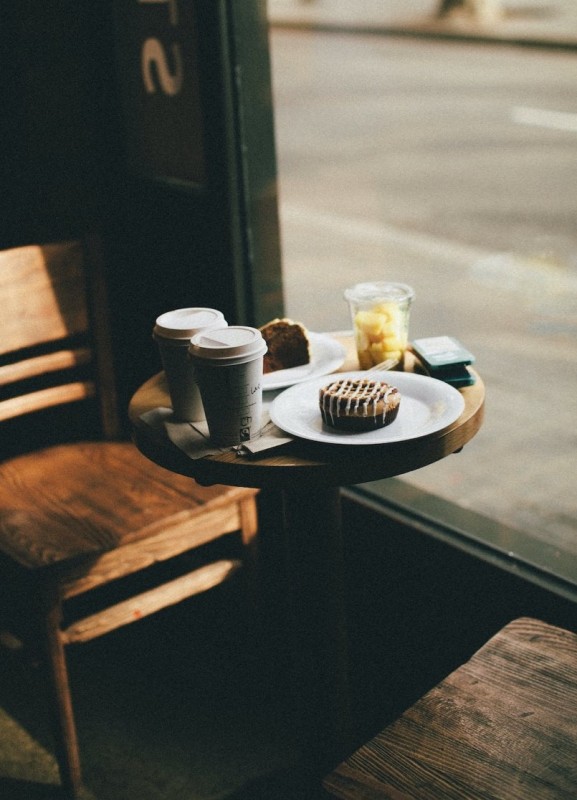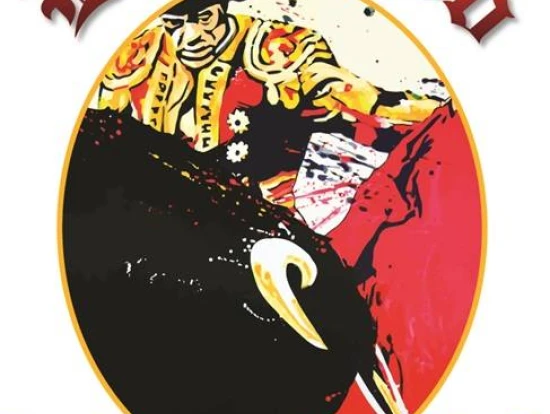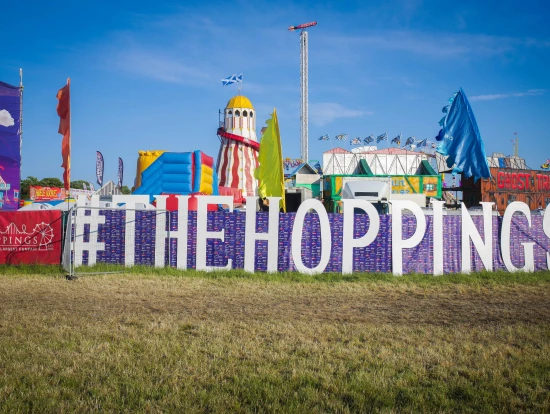Five Minutes With… Turner: Art, Industry & Nostalgia Curator Lizzie Jacklin
We chat to Laing Art Gallery ahead of the opening of their major new exhibition, Turner: Art, Industry & Nostalgia
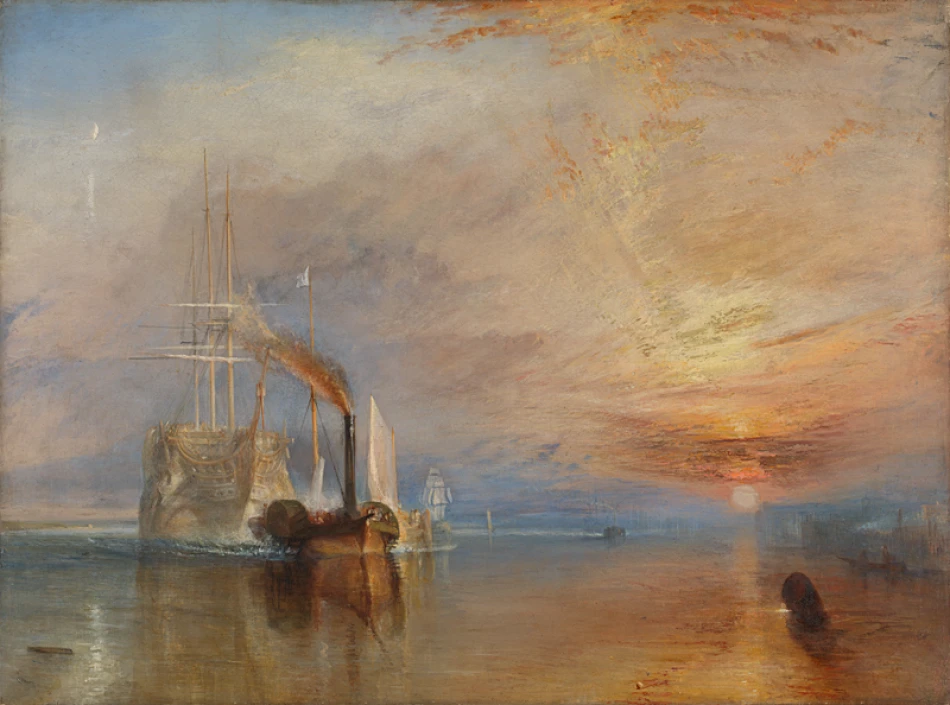
From May to September, Laing Art Gallery is set to host a major new exhibition - Turner: Art, Industry & Nostalgia - centred around 19th-century artist J.M.W. Turner’s seminal painting The Fighting Temeraire, on loan from the National Gallery in London as part of National Treasures – an exhibition programme celebrating its bicentenary.
Ahead of its opening on Friday 10th May, we caught up with Lizzie Jacklin - exhibition curator and Keeper of Art at Tyne & Wear Museums & Archives – to find out more about the exhibition and how it ties to the North East’s industrial heritage.
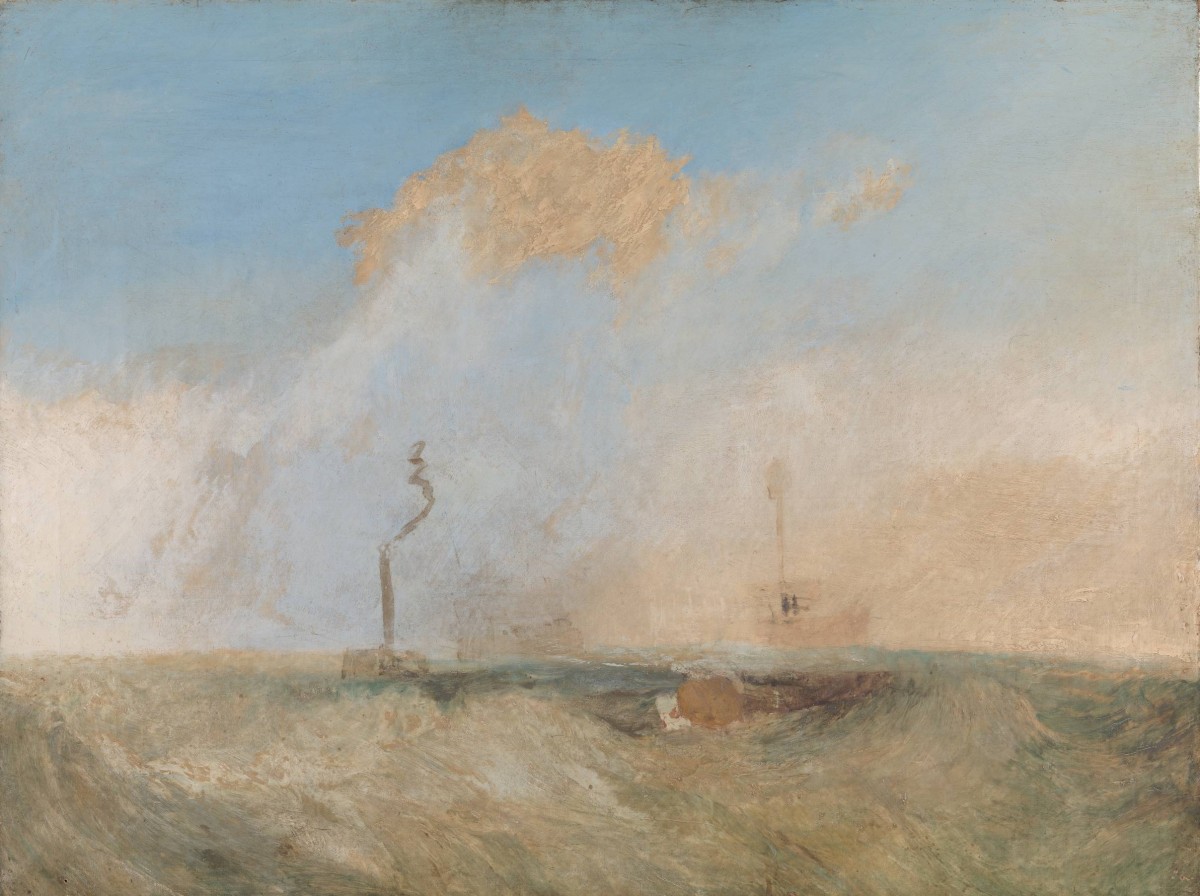
How did Laing Art Gallery get involved in National Treasures?
The National Gallery invited the Laing to be a partner venue for National Treasures – through this celebration of the National Gallery's 200th anniversary, a different ‘National Treasure’ will be on display within 12 different venues spread across the 12 regions of the four nations of the UK.
Did you have any influence over which painting was loaned?
We must thank the National Gallery for suggesting The Fighting Temeraire as a fit for the Laing - we were delighted with this idea. I think it was a very well-considered and intelligent decision given the connections we have been able to draw with our North East context.
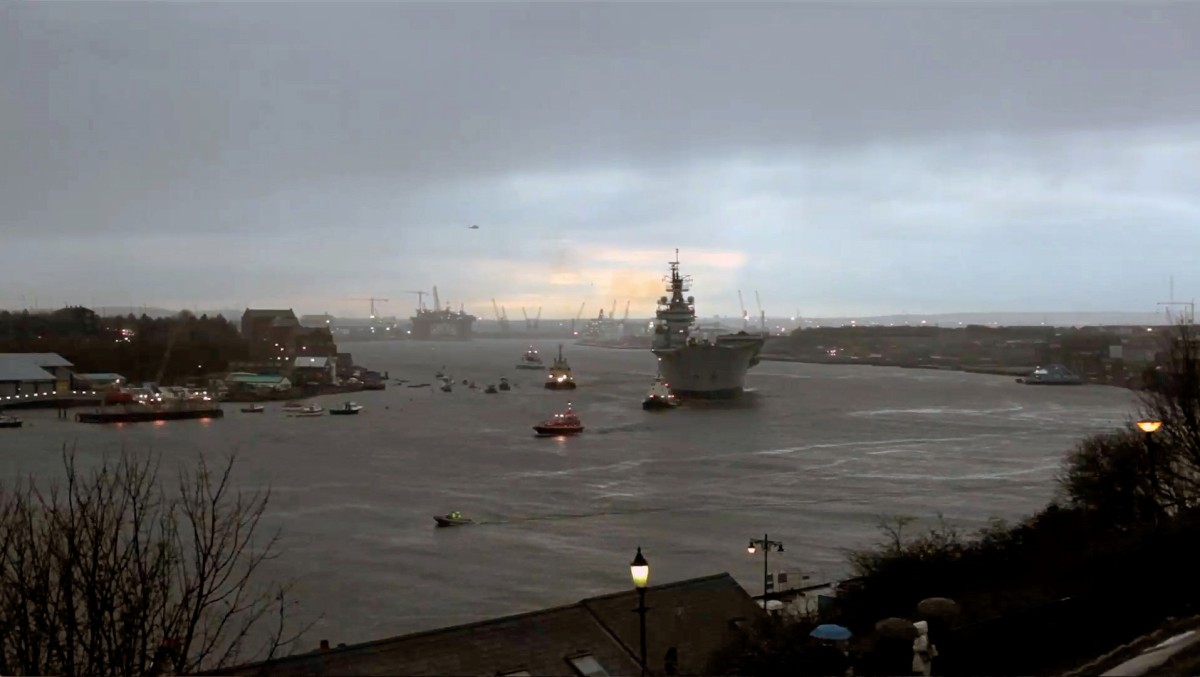
What inspired you to create a major exhibition around the loan of The Fighting Temeraire?
Almost as soon as we started discussing the loan with the National Gallery, we felt it would be a shame to simply display the painting by itself when there are so many different connections that would be possible to draw from a wider Turner show, which would also allow us to share further examples of Turner’s work with a North East audience. I also discovered that The Fighting Temeraire hadn’t been the main focus of an exhibition since a National Gallery show in 1995 – so I thought it could be a good time to look at it alongside other relevant works and objects once again.
Of course, it’s an amazing experience to see the painting in its permanent home in the National Gallery’s beautiful rooms, but given it’s such a complex painting that has been interpreted in many different ways, I really do think showing it in a different context can enliven some of those different meanings. It’s never been displayed in northern England before, so it’s quite special really, and obviously we hope this will give people in the North East who haven't visited London or the National Gallery the chance to see it.
How does the exhibition link to and celebrate the North East and its industrial heritage?
In The Fighting Temeraire you see an old warship being towed along the Thames by a modern paddle-wheel steam tug, which is given a very prominent place in the painting along with its plume of fiery smoke. The picture is often considered as referencing the age of coal-fired steam power taking over from the heroic age of sail. That in itself is interesting in a regional context because the North East was providing much of London’s coal at this time and that coal was constantly being shipped down the coast - so the Tyne and the Thames were linked in that way. And Turner was well aware of Tyneside’s importance to the national coal supply.
But more specifically, a majority of the steam tugs active on the Thames at the time had been manufactured in Tyneside. This includes the two tugs, the Samson and the London, recorded as having towed the Temeraire on its final journey along the Thames in 1838. So there is a very tangible link we can celebrate. In the painting, it is the Temeraire that is obsolete and it is the steam tug that signals towards the future.
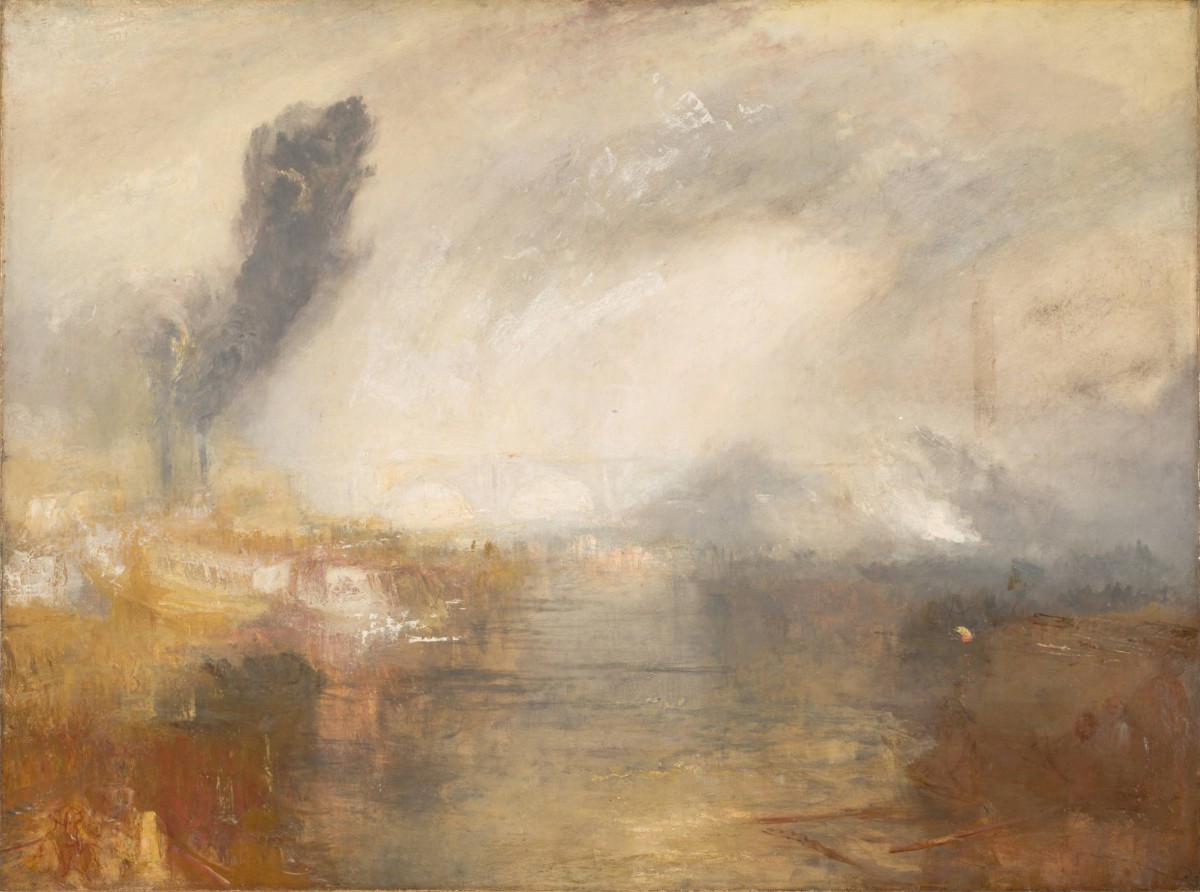
Which other Turner paintings will be on display during the exhibition?
We’re delighted that a number of Turner oils will be on loan from Tate. The Fighting Temeraire will be displayed alongside an oil sketch Turner made for it, Steamer and Lightship, I believe only for the second time ever. It will also be shown alongside Peace – Burial at Sea, another major exhibited oil from the later part of Turner’s career that gives great prominence to steam power. You can also look forward to seeing a wonderful large oil painting, The Thames above Waterloo Bridge, and two oil sketches depicting the Battle of Trafalgar.
We’ve also been fortunate to secure the loan of a stunning selection of Turner watercolours from various different lenders. Highlights include two wonderfully detailed watercolours of ships coming from the Higgins Bedford, a view of a steamboat made on blue paper which will be on loan from Museums Sheffield, a group of watercolours from the V&A including the stunning Holy Island, Northumberland and the large Warkworth Castle, and watercolours from the Whitworth collection including the luminous Upnor Castle, Kent.
How did you go about selecting which other artists and artworks to feature in the exhibition?
I was particularly interested in the way Turner used modern industrial subjects within his landscapes and how he depicted the industrial landscape with a genuine interest in the resulting atmospheric effects – it’s not something many other artists of his day were doing. But I also thought about how this interest in the industrial elements of a landscape is something we do see quite significantly in artworks made in our region – particularly from artists working after Turner. So, we thought it would be good to take the story a bit further and show some of that work, which ranges from the Victorian era to works made only last year.
For example, one of the more recent works in the exhibition is a video piece by John Kippin called ARC. It documents the final departure of the Ark Royal, a warship that had been built in Wallsend thirty years earlier, from the Tyne in 2010. It feels like it has real resonance with The Fighting Temeraire in terms of the subject and the sense of nostalgia it could potentially evoke in this region where that ship was made.
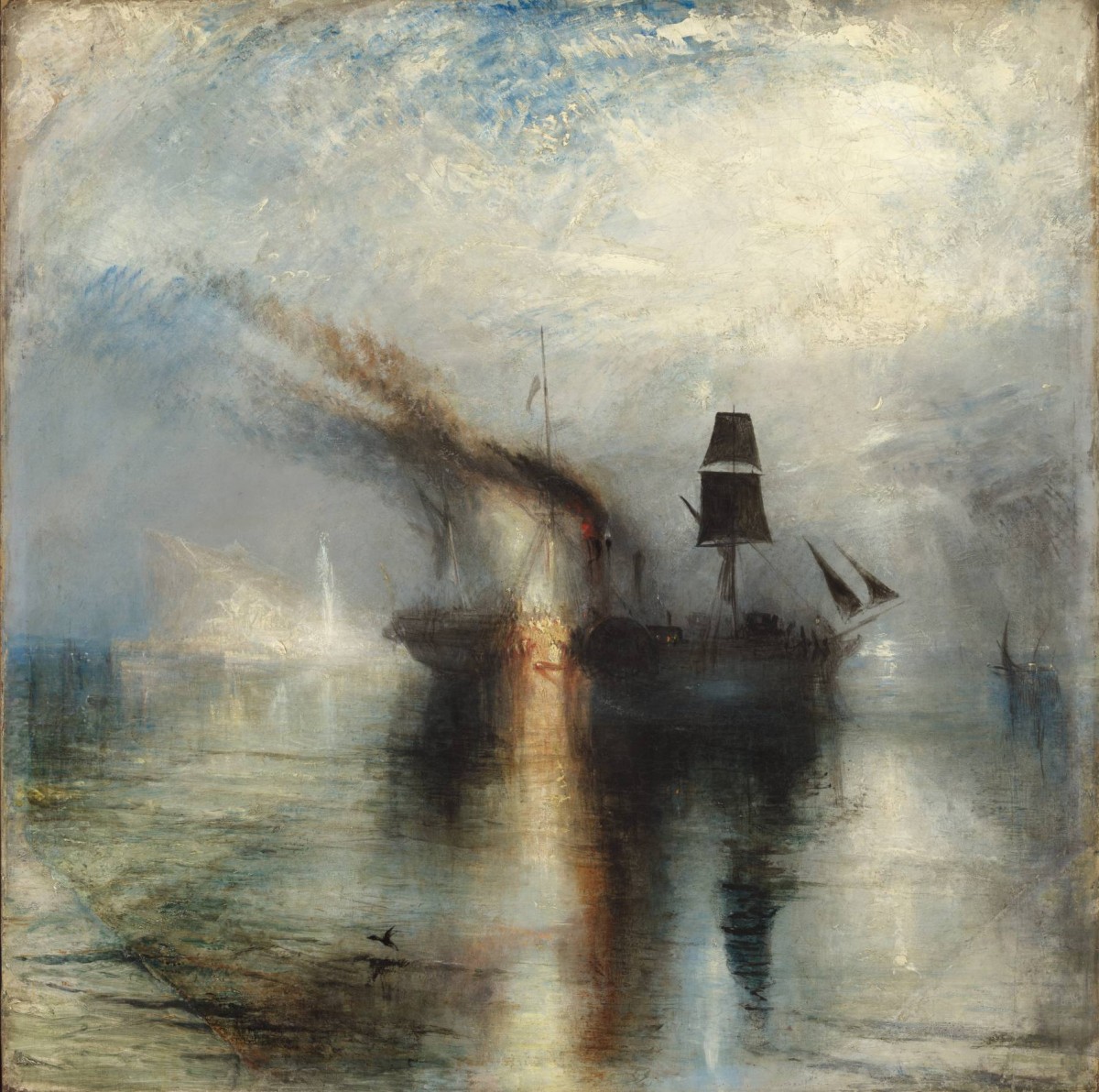
Do you have a favourite artwork in the exhibition?
I think I can only give the obvious answer here and say The Fighting Temeraire – there's a reason it’s so famous! It’s difficult to pin down exactly what makes it so special to so many people (it was voted Britain’s favourite painting in a 2005 radio poll), but I think it manages to combine being very accessible – you can enjoy it without knowing too much about it, I think – while also retaining a certain mystery in that there are many different possible ways to interpret the picture.
I am also really excited to see Peace – Burial at Sea on display at the Laing, as it’s one of my all-time favourite paintings. It’s a privilege to be showing these and the other works in the exhibition at the Laing and I really hope other people enjoy them as much as I do.
The gallery is hosting a series of curator talks during the exhibition’s run – what can people expect from these?
We’ve programmed three sit-down talks so far. I will be speaking about the exhibition as a whole in one of them; we’ll hear more about Early Tyne Tugs from Ian Whitehead, an expert on maritime history, in another, and there will also be a talk about The Fighting Temeraire from Christine Riding, who is Director of Collections and Research at the National Gallery and a Turner expert.
Turner: Art, Industry & Nostalgia opens on 10th May and runs until 7th September. Full-price tickets cost from £5 and free entry is available for people aged 21 and under. A catalogue for the exhibition will be on sale priced at £12. For information visit the Laing Art Gallery website.
Main Image: Joseph Mallord William Turner, 1775 – 1851, The Fighting Temeraire, 1839. Turner Bequest, 1856. © The National Gallery, London
